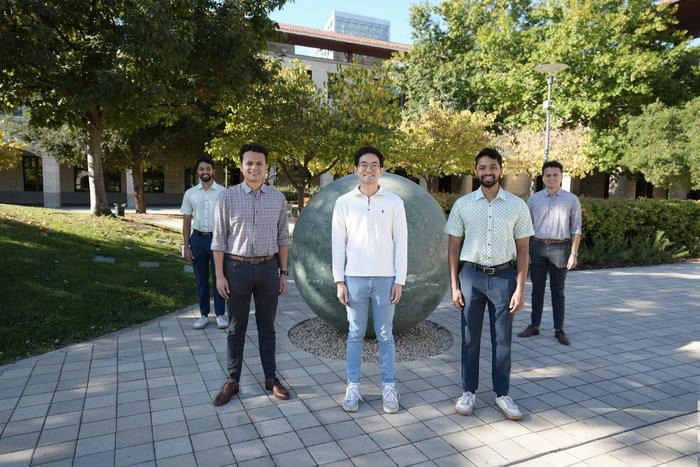Stanford University Scientists Unlock Iron's Hidden Energy Potential for Next-Generation Batteries
- MM24 News Desk
- 4 days ago
- 2 min read

Image Credit: Stanford University
Stanford University researchers have achieved a fundamental materials breakthrough, forcing an iron-based compound into a higher energy state that could revolutionize affordable energy storage. Building on a 2018 thesis by alumnus William Gent, an interdisciplinary team led by PhD students Hari Ramachandran, Edward Mu, and Eder Lomeli has demonstrated a stable, high-voltage iron-based cathode material—a discovery that could create cheaper, more powerful batteries while avoiding problematic supply chains for cobalt and nickel.
The breakthrough centers on pushing iron atoms far beyond their typical electron contributions. In most reactions, iron gives up only two or three electrons, but the Stanford team achieved a reversible five-electron process, dramatically increasing the material's energy potential. "Our detailed electronic structure exploration of this iron species provides conclusive evidence of oxidation beyond three electrons," said William Chueh, the team's faculty advisor, whose findings were published in Nature Materials.
The path to this discovery wasn't straightforward. When Ramachandran and Mu took up Gent's work in 2021, they faced a critical challenge: the material's crystal structure would collapse during charging. Their ingenious solution was to shrink the particles to an incredibly small scale. "Making the particles very small – just 300 to 400 nanometers in diameter, about 40 times smaller than before – turned out to be a challenge," said Hari Ramachandran, PhD ’25, reported Nature Materials.
The team's persistence paid off with a novel synthesis method. "Literally, a solution. We grew our crystals out of a carefully concocted liquid," said Edward Mu. This approach produced nanoparticles of a material composed of lithium, iron, antimony, and oxygen ("LFSO") that remained stable during electrochemical testing. However, the spectral data revealed a surprising twist—the extra electrons weren't coming solely from iron as initially hypothesized.
This is where Eder Lomeli's computational expertise proved crucial. Through detailed modeling of X-ray spectra, Lomeli discovered that the oxygen atoms, with assistance from iron, were contributing the additional electrons. "It's too simple to say that iron is the hero or oxygen is the hero when it comes to contributing free electrons," said Lomeli. "The atoms in this very nicely arranged material behave like a single entity."
The timing of this breakthrough is particularly significant given global supply chain concerns. Iron has recently replaced cobalt and nickel as the dominant metal in lithium-ion cathodes, with 40% of lithium-ion batteries now using iron-based chemistries. "A high-voltage, iron-based cathode could avoid the tradeoff between higher voltage and higher-cost metals that previously dominated cathode materials," said Mu. "The best of both worlds."
Advanced testing at Lawrence Berkeley, Oak Ridge, and Argonne national laboratories confirmed the material's unique behavior. Unlike previous versions that collapsed during charging, the nanoparticle material bent slightly to accommodate structural changes and remained intact. The 23-scientist team, spanning multiple institutions, has now turned to practical engineering challenges, including replacing the expensive antimony in their formulation with more abundant materials to create a commercially viable, high-performance iron-based battery cathode.



Comments